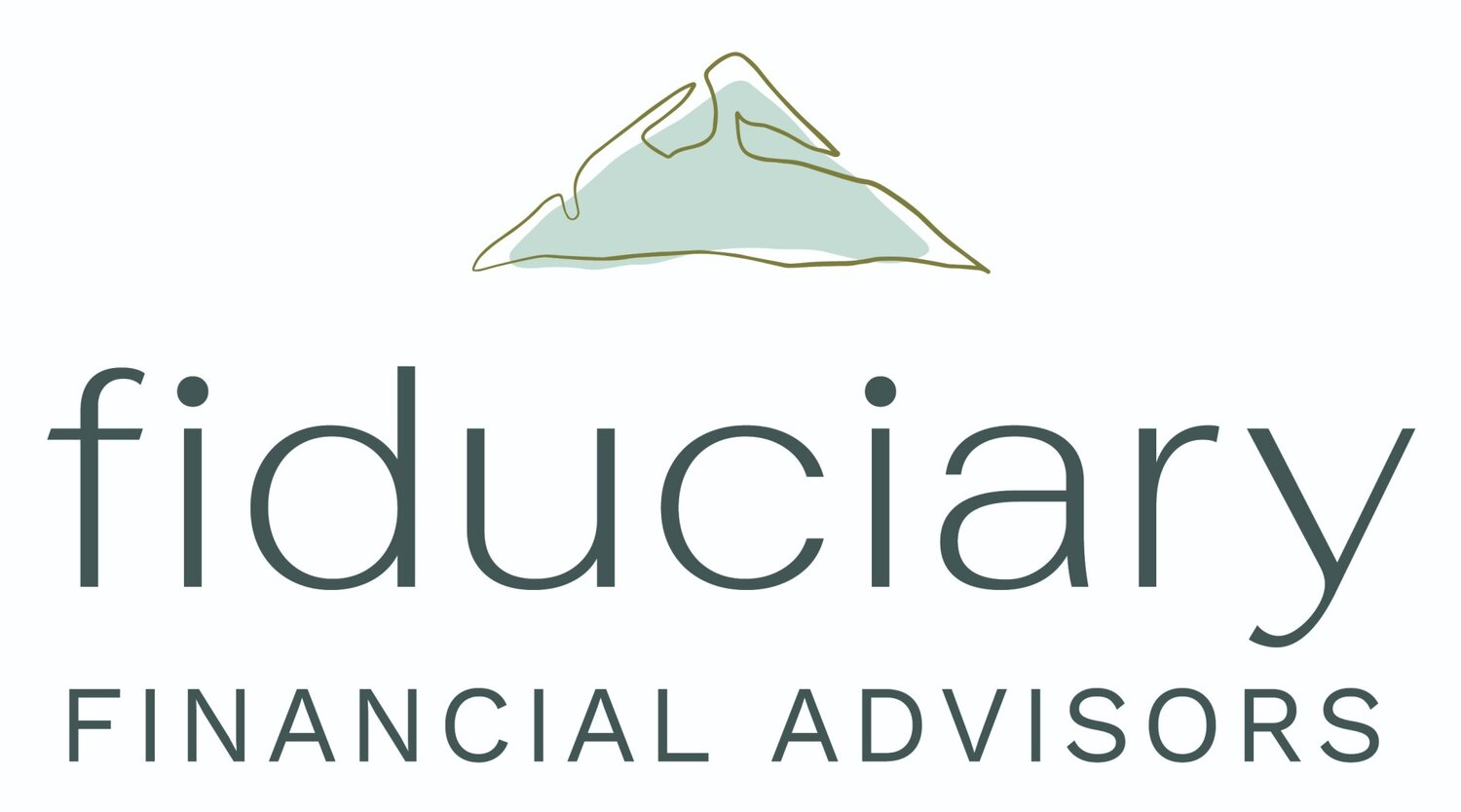Why is it useful?
To understand why this is a beneficial strategy, we must first differentiate between a Roth IRA and a traditional IRA. Both are Individual Retirement Accounts (IRAs) used to invest money for retirement purposes. A traditional IRA has contributions that are tax-deductible in the year you contribute. When that money is pulled out in retirement, it is taxed at your regular income rate. Conversely, Roth IRA contributions aren’t tax deductible but grow tax-free. Withdrawals in retirement aren’t taxed, assuming you are 59 ½ or older and the account has been open for five years. The other perk of having Roth assets is the lack of required minimum distributions (RMDs), unlike traditional assets, which necessitate distributions starting at age 72, whether you desire them or not.
This strategy is useful for two groups of people. This isn’t a blanket recommendation for these groups, but if you fall into one of these groups, it may be worth considering. If you are a relatively young, high-income individual or household, a backdoor Roth might make sense since you have plenty of time for your investments to grow tax-free. The other category of people that should investigate this strategy would be someone who exceeds the income limits to contribute to a Roth and is anticipating their retirement income and tax bracket to be higher than their current income and tax bracket. However, it’s crucial to consult with an advisor for personalized analysis.


















































A cash balance plan helps business owners save more for retirement while lowering taxes. With higher contribution limits than a 401(k) and tax-deferred growth, these plans offer major financial advantages. Employers fund the plan, providing stable benefits for employees. While they require annual contributions and administration, the tax savings and wealth-building potential make them a smart choice for high-income professionals.